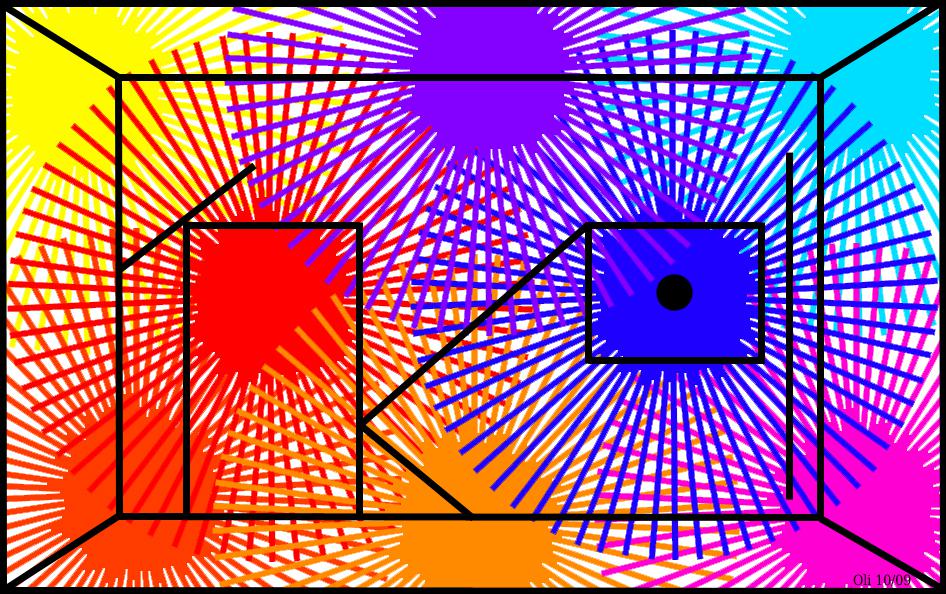
Biomechanical Analysis of the Golf Swing: An Anatomical Approach
Biomechanical Analysis of the Golf Swing: An Anatomical Approach
Golf is a complex and technically challenging sport that requires precise coordination and control. The golf swing is a sequence of movements involving multiple body segments and muscles working in harmony. Understanding the biomechanics of the golf swing is crucial for optimizing performance and reducing the risk of injury.
This study employed a detailed anatomical approach to analyze the kinematics and kinetics of the golf swing in elite golfers. Three-dimensional motion capture and electromyography were used to track joint angles, muscle activations, and ground reaction forces. The findings provide insights into the biomechanical principles that govern the golf swing and highlight the importance of specific muscle groups and joint motions for efficient and effective performance.




